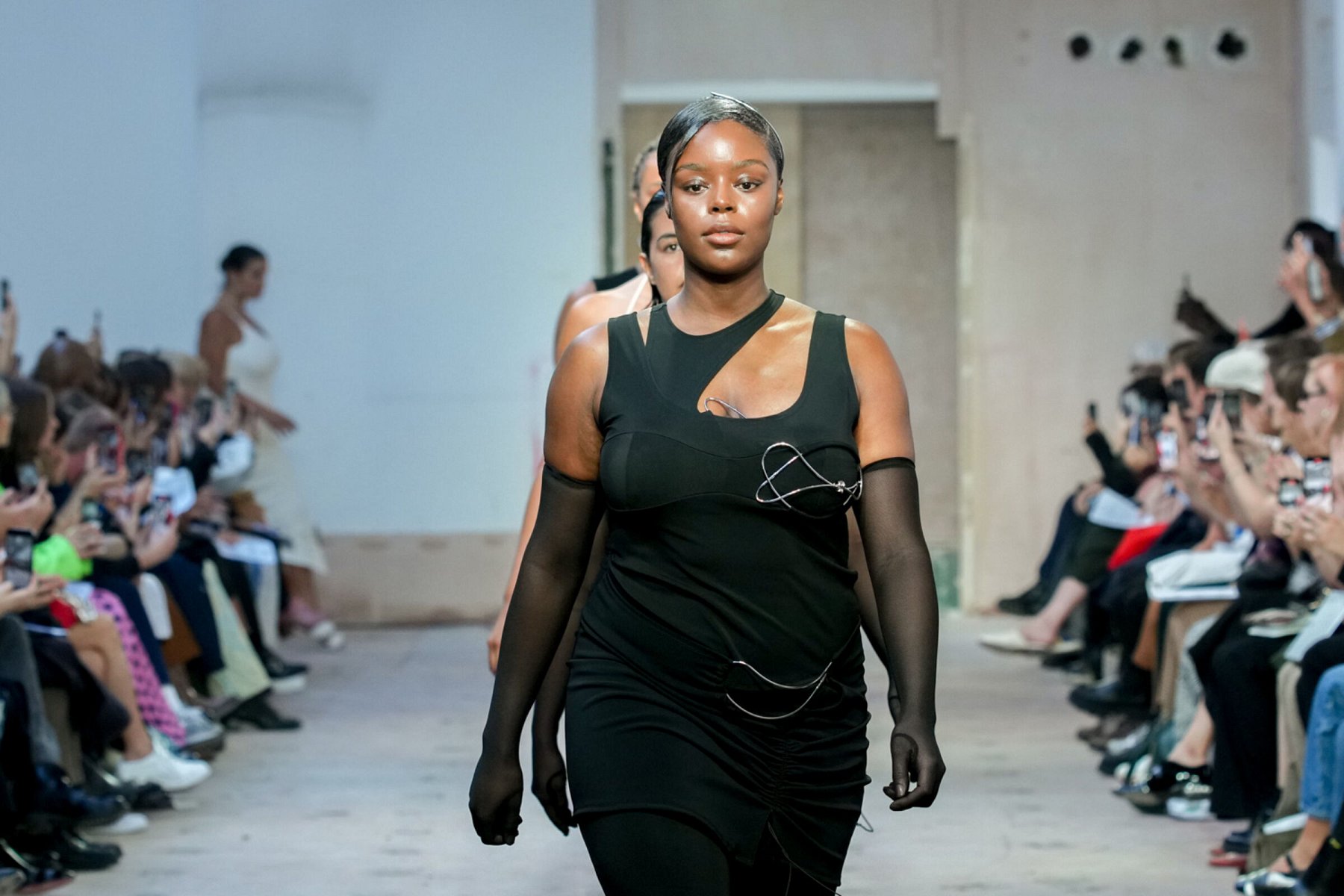Expert Tips on Choosing the Perfect Eastern Wear Pakistan for Weddings
Wiki Article
Experience the Beauty of Traditional Eastern Outfit
Embark on a trip with the complex globe of conventional Eastern outfit, where each garment tells a story woven with cultural splendor and historic significance. Join us as we decipher the tricks behind these splendid items and uncover the attraction of Eastern clothing that has actually captivated generations. eastern wear pakistan.History of Eastern Outfit
Eastern outfit has an abundant background that dates back centuries, showing the varied societies and traditions of areas such as Asia and the Center East. In Asia, standard attire varies greatly from the vivid saris worn in India to the sophisticated kimono of Japan.Throughout history, Eastern outfit has not just served as a type of apparel but additionally as an icon of cultural identification and heritage. Today, Eastern clothing continues to progress, mixing traditional aspects with modern fashion fads to develop timeless and special styles.
Relevance of Needlework
Embroidery plays an important role in conventional Eastern clothing, adding elaborate information and cultural significance to garments that have been passed down with generations. In Eastern societies, embroidery is not simply ornamental but holds deep symbolic significances. Each stitch and pattern can communicate stories, beliefs, and also social condition.The art of needlework in typical Eastern clothing is a labor-intensive procedure that needs skill and perseverance. Very skilled craftsmens thoroughly hand embroider elaborate designs onto textiles utilizing techniques that have been perfected over centuries. These stitched styles frequently mirror the abundant cultural heritage of the area they originate from, showcasing motifs motivated by nature, mythology, or historical events.

Lavish Fabrics Used
Extravagant textiles play a pivotal role in enhancing the elegance and opulence of traditional outfit across varied Eastern societies. Silk, renowned for its gentleness and luster, is a favored selection for many conventional garments as a result of its luxurious feel and ability to curtain gracefully. In countries like India, China, and Japan, silk has a long background of being used in standard attire, signifying wide range and standing.One more extensively made use of elegant fabric is brocade, characterized by complex patterns woven into the material. Brocade includes a touch of class to garments and is typically seen in ceremonial outfits and formal wear. Velour, with its luxurious structure and rich look, is also a prominent click for source selection for traditional clothes in Eastern cultures, especially for unique celebrations and festive events.
In addition, satin, chiffon, and fabric are often made use of for their flowing and lightweight high qualities, adding a sense of delicacy and sophistication to garments. These glamorous materials not just boost the visual appeal of standard Eastern clothes yet additionally add to the overall appeal and appeal of the wearer.
Craftsmanship Methods
Typical attire in various cultures showcases impeccable craftsmanship techniques that are given through generations, highlighting the skill and artistry associated with developing these splendid garments. Each stitch, decoration, and needlework is carefully crafted to create timeless items that personify the cultural heritage and customs of the region. The craftsmanship strategies utilized in standard Eastern outfit typically involve detailed handwork, such as hand weaving, hand needlework, and hand beading, which need precision and attention to information.Artisans who specialize in these techniques go through years of training to More Bonuses best their skills and understand the typical techniques of garment building. The use of top quality products integrated with expert workmanship results in garments that not just look aesthetically spectacular but also stand the test of time. The commitment to maintaining these craftsmanship strategies makes sure that each item of standard Eastern attire is a job of art, reflecting the abundant cultural history and heritage of the area.
Ageless Beauty and Beauty

The complex embroidery, fragile beadwork, and extravagant fabrics made use of in standard Eastern attire add to its unmatched appeal. The meticulous creation passed down through generations ensures that every item tells a tale and emanates class and poise.
In addition, the timeless shapes and graceful draping of traditional Eastern attire include in its long-lasting beauty. The moving lines and classy layouts develop a sense of harmony and equilibrium that is both emotionally exciting and visually appealing.
Essentially, the timeless sophistication and appeal of other traditional Eastern clothing serve as a testimony to the skill and virtuosity of the craftsmen who dedicate their lives to maintaining these splendid sartorial practices. - eastern wear pakistan
Final Thought
Finally, the beauty of traditional Eastern outfit is a testimony to the rich background, cultural importance, and intricate workmanship of the region. From the intricate embroidery to the lavish materials and ageless elegance, each garment tells a tale and shows the social identity of its beginnings. Welcoming Eastern attire allows one to appreciate the creativity and sophistication that have been passed down through generations, producing exciting and absolutely exquisite items.Embark on a trip via the detailed globe of typical Eastern clothing, where each garment informs a tale woven with social splendor and historic importance.Embroidery plays an important role in conventional Eastern clothing, including detailed information and cultural relevance to garments that have been passed down with generations.Extravagant textiles play a pivotal role in enhancing the beauty and opulence of traditional clothing throughout varied Eastern societies. The craftsmanship techniques used in typical Eastern clothing usually entail complex handwork, such as hand weaving, hand embroidery, and hand beading, which require precision and interest to information.
In final thought, the beauty of conventional Eastern clothing is a testament to the abundant history, social relevance, and intricate workmanship of the region.
Report this wiki page